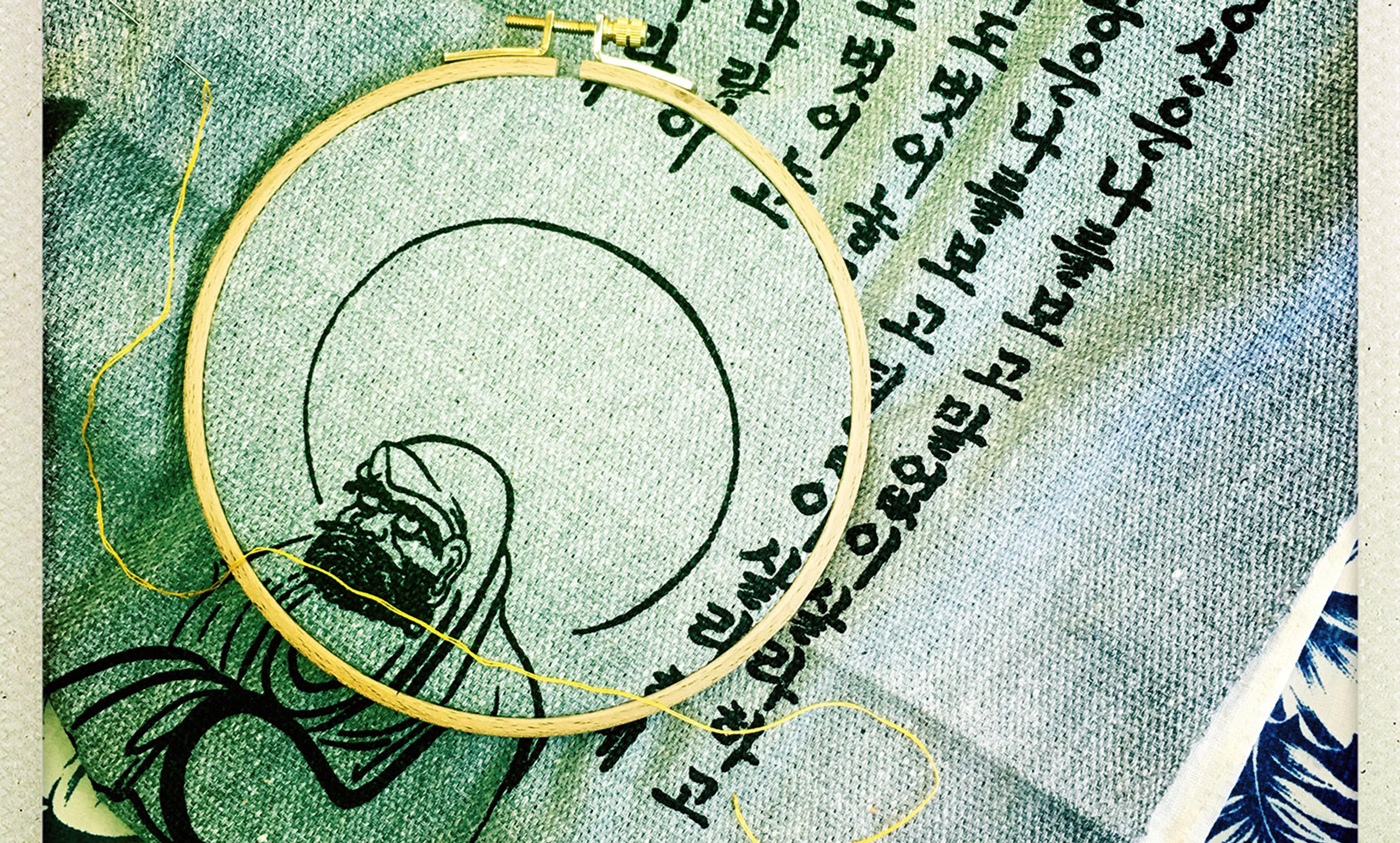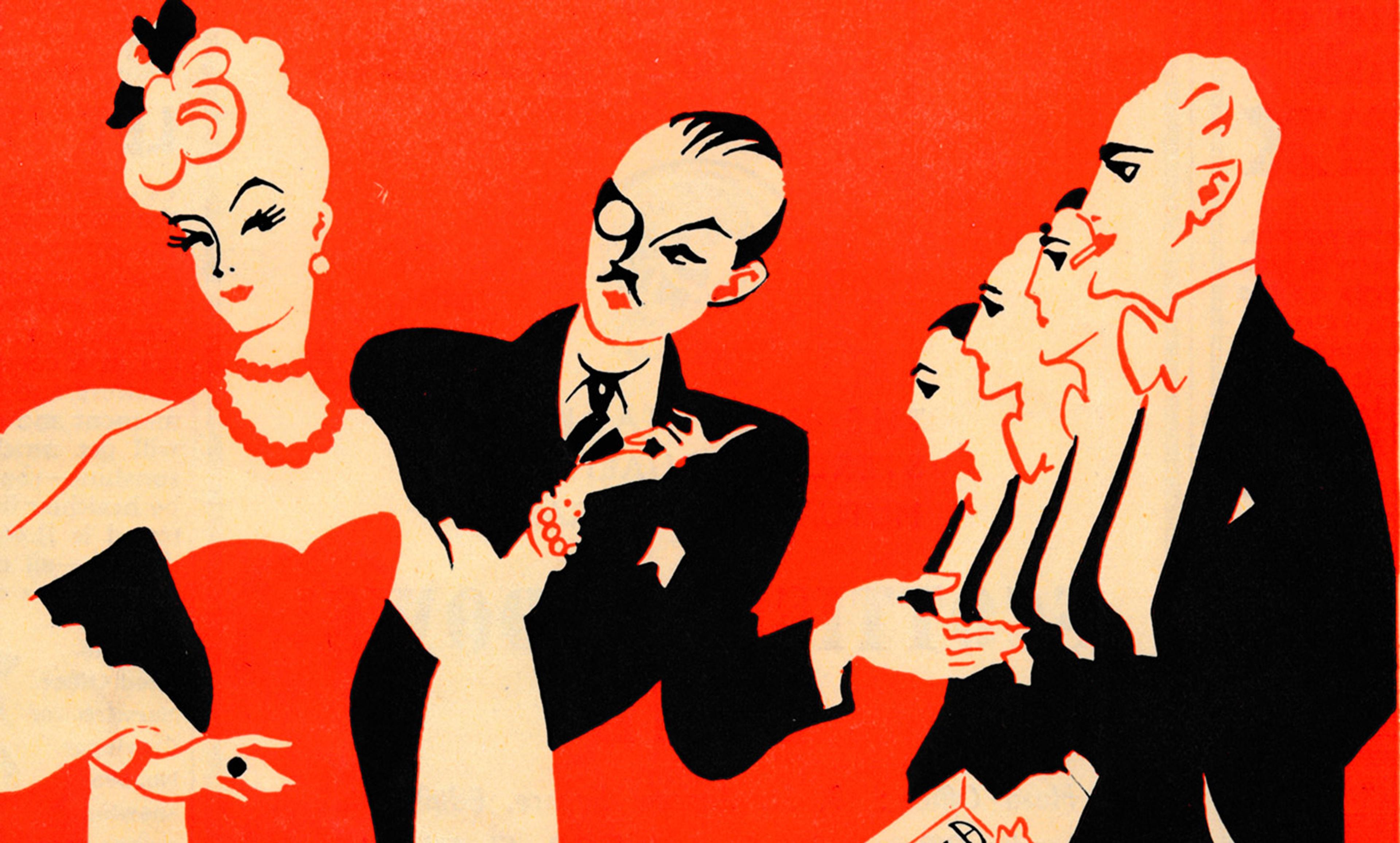DaveBleasdale/Flickr
The rise and fall of popular positions in the field of philosophy is not governed solely by reason. Philosophers are generally reasonable people but, as with the rest of the human species, their thoughts are heavily influenced by their social settings. Indeed, they are perhaps more influenced than thinkers in other fields, since popular or ‘big’ ideas in modern philosophy change more frequently than ideas in, say, chemistry or biology. Why?
The relative instability of philosophical positions is a result of how the discipline is practised. In philosophy, questions about methods and limitations are on the table in a way that they tend not to be in the physical sciences, for example. Scientists generally acknowledge a ‘gold standard’ for validity – the scientific method – and, for the most part, the way in which investigations are conducted is more or less settled. Falsifiability rules the scientific disciplines: almost all scientists are in agreement that, if a hypothesis isn’t testable, then it isn’t scientific. There is no counterpoint of this in philosophy. Here, students and professors continue to ask: ‘Which questions can we ask?’ and ‘How can we ask, much less answer, those questions?’ There is no universally agreed-upon way in which to do philosophy.
Given that philosophy’s foundational questions and methods are still far from settled – they never will be – it’s natural that there is more flux, more volatility, in philosophy than in the physical sciences. But this volatility is not like the paradigm shifts described by the US historian of science Thomas Kuhn. A better analogy, in fact, would be changes of fashion.
When thinking about fashion in philosophy, there are four basic categories under which texts, thinkers and ideas can be grouped. By considering the interrelation of these groups, we can begin to glean how an idea becomes fashionable. The four categories are the fashionable, the foundational, the prohibited, and the unfashionable.
The thinkers and texts that fall into the foundational category are those that a student ‘must know’. Their thought is bedrock. Plato, perhaps, is the best example of a foundational thinker. (The English philosopher Alfred North Whitehead said in 1929 that ‘the European philosophical tradition … consists of a series of footnotes to Plato’.) Of course, when there is something that everyone ‘must know’, it is often the case that very few people know it very well. Rigorous readings give way to widespread assumptions and generalisations.
Ideas that fall into the fashionable category are those that a student in a given period and place will be told ‘should be known’ for their content and their influence. Fashionable ideas are the ones that ‘get people excited’, the ones that are perceived to be ‘breaking new ground’. Fashionistas have Milan and Paris and Giorgio Armani, while philosophers have the Ivy League and Oxbridge and John Searle. There is a deep connection, too, between the foundational and the fashionable. Philosophers often become fashionable by asking interesting questions and proposing novel theories about ‘the classics’ and ‘the local canon’. The US philosopher Saul Kripke, for example, studied the work of Ludwig Wittgenstein intensely, and part of his rise into fashion is a result of those readings and his challenge to Wittgenstein’s philosophy. The thinkers who produce such ideas often become fashionable in their own right, and tend to come from established centres of thought. In this way, philosophy is really no different from the fashion industry.
The third category is the prohibited. In the academy, prohibited ideas are like a virus, and they threaten the careers of any who come into prolonged contact with them. (Because of this, prohibited ideas resemble the foundational in that hearsay is often accepted in lieu of detailed, first-hand analysis.) Ideas and thinkers in the prohibited class tend to be associated with reprehensible or ‘unjustified’ principles and premises. A philosopher of mind, for example, couldn’t positively reference Carl Jung’s idea of the collective unconscious without drawing considerable disdain from his colleagues. Hardly anyone actually reads Jung, but people nonetheless believe that he’s ‘not to be taken seriously’.
The last category of fashion is unique to the humanities since there is no permanent unfashionable category in the physical sciences. In philosophy, though, most changes in fashion don’t take hold across the entire academy. Unfashionable pockets can persist in sub-disciplines and small departments, while the rest of the field moves on to new fascinations and tastemakers. Unfashionable philosophers are those who are judged by the majority of their peers to be ‘asking the wrong questions’. There is no expiration date on truth, to be sure, but in the field of philosophy there seems to be a limitation on how long certain questions may be asked in certain ways. Many of the fashionable philosophers from two or three generations ago are today considered unfashionable.
The gap between the fashionable and the unfashionable, though, is smaller than one might assume. Both fashionable and unfashionable philosophers tend to begin with rigorous readings of the foundational texts, but only those who find something ‘new and exciting’ or ‘long lost’ are welcomed into the fashionable camp. Philosophy is a capricious field, and if an idea isn’t new, it tends not to be fashionable.
With this taxonomy of philosophy in mind, one might make predictions about the sorts of philosophers and theories that will continue to be fashionable: those that display mastery of ‘the canon’ and encourage us to read and see with new eyes, or to ask new sorts of questions, will continue to be the toast of the academic community. Fashionable positions will continue to expand and be applied to a variety of topics until, after some time, they begin to be seen as ‘worn out’. Mass enthusiasm invariably wanes after so many conferences and books and imitations. Science changes, according to Kuhn, when a series of questions that cannot be answered satisfactorily within the dominant paradigm build up until a ‘break’ occurs and members of the profession embrace a new paradigm. Philosophy moves ‘forward’ when fashionable ideas become tiresome. Fashionable texts and ideas, then, must eventually become either foundational or unfashionable.
Fashion poses a danger to philosophy insofar as it encourages the myths of linear progress and novelty-as-validity. Philosophers are too willing to reward novelty, too attentive to reputations and legacies. Unfashionable philosophy, though, serves as something of an antidote, reminding us that even the most earnest enquiry might not yield novel answers. For academic philosophers, this is a dangerous possibility. In the academy, one must ‘publish or perish’, and few ‘prestigious’ journals show interest in publishing pieces on well-surveyed positions. Rapid changes in philosophical fashion thus seem to say more about us and the pressures exerted by our institutions than the content of any particular idea.






